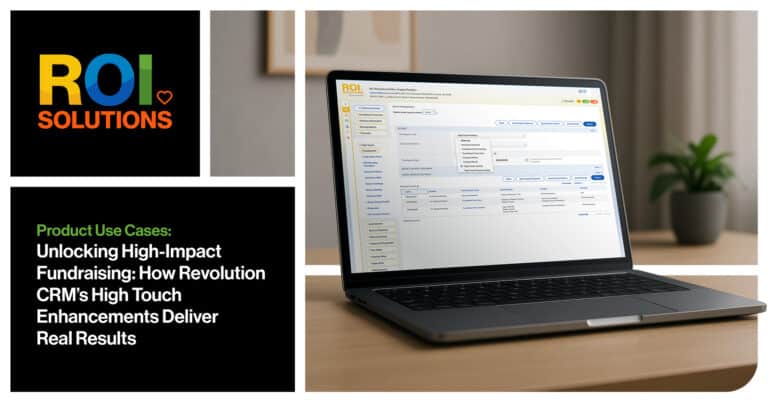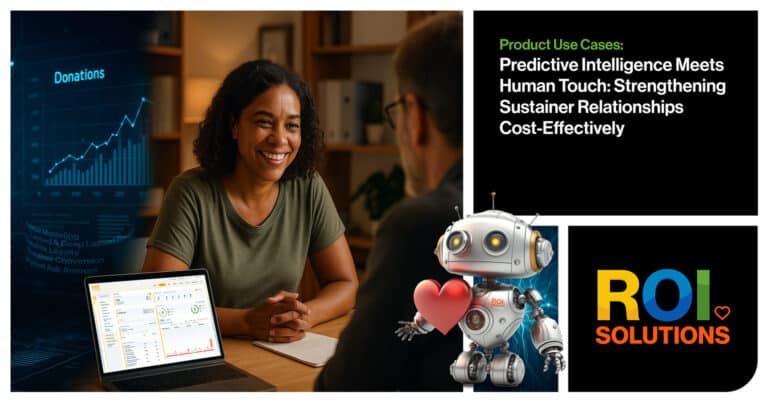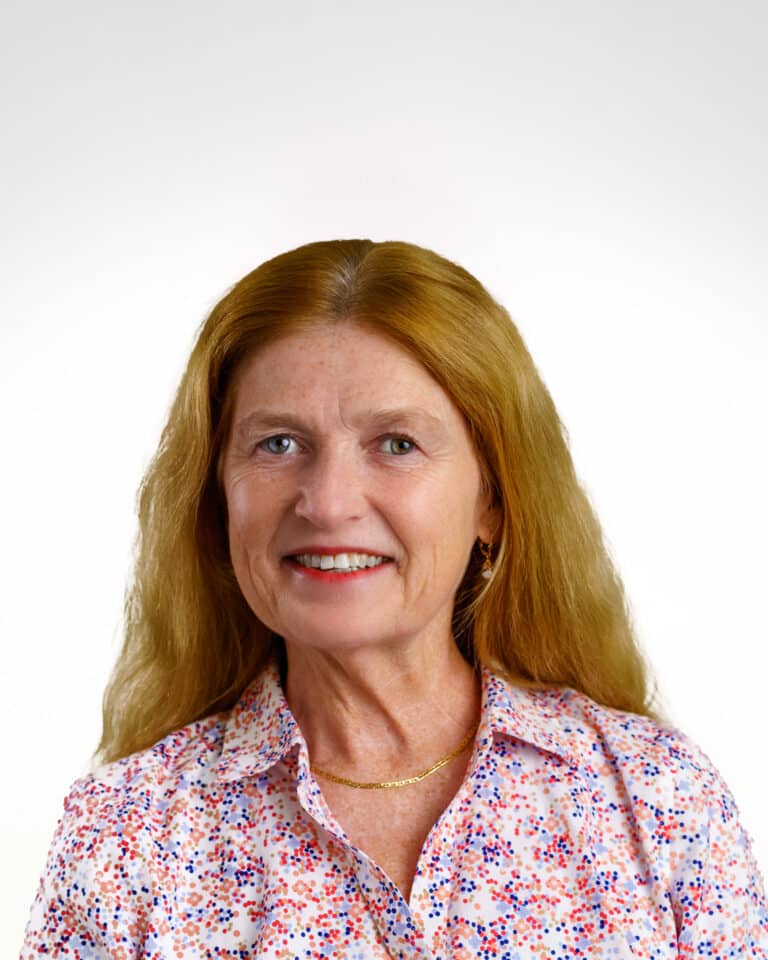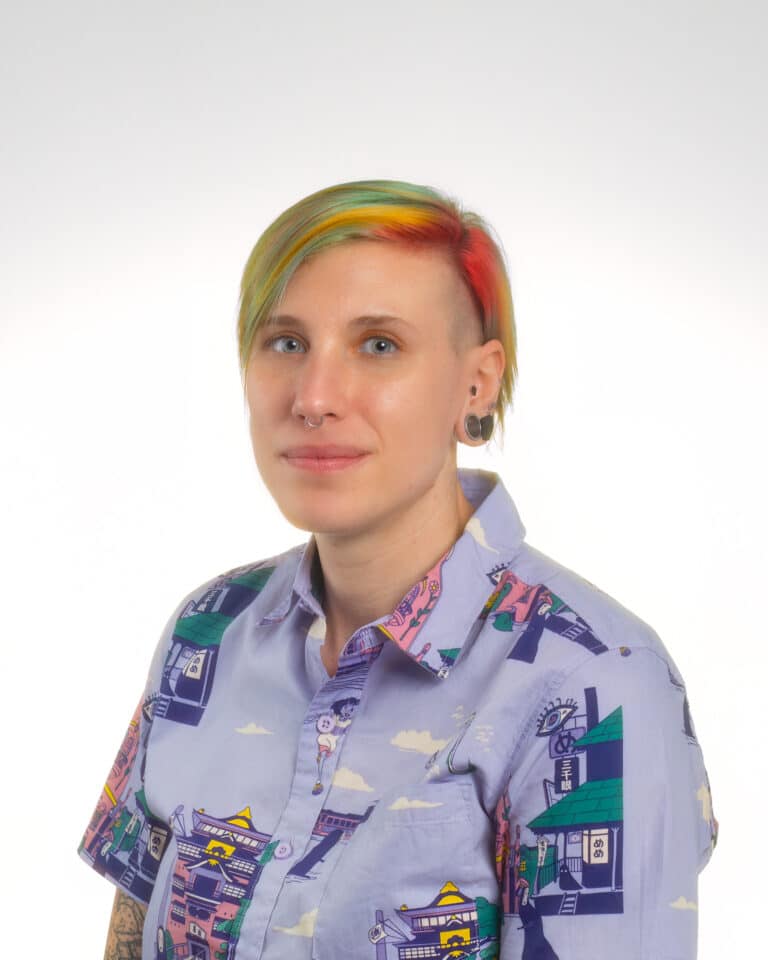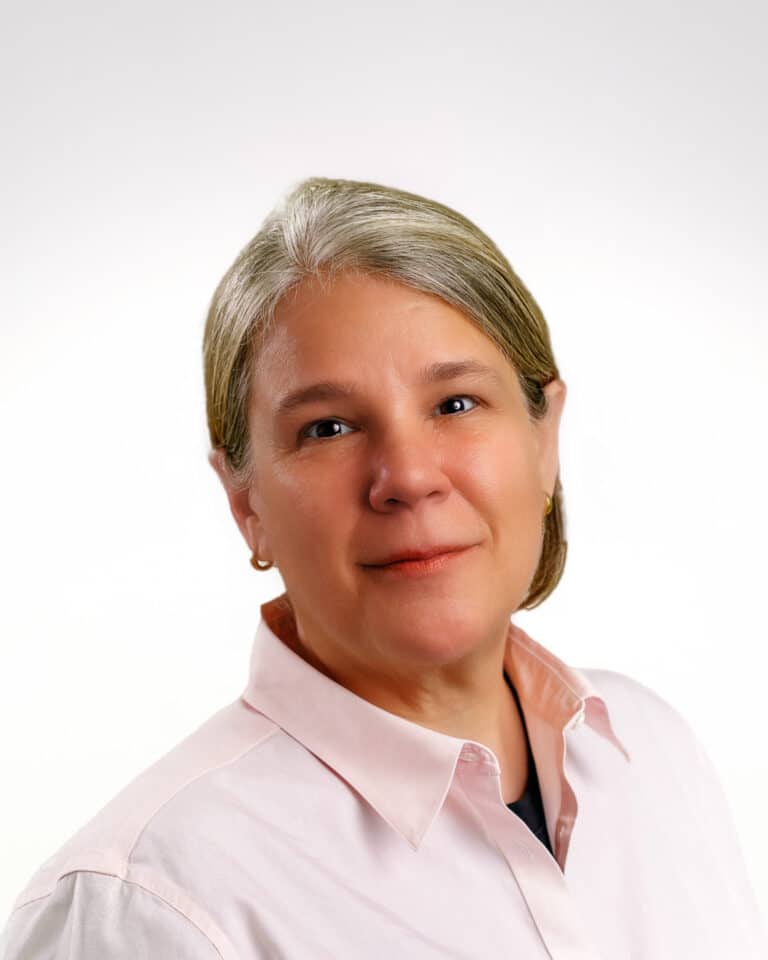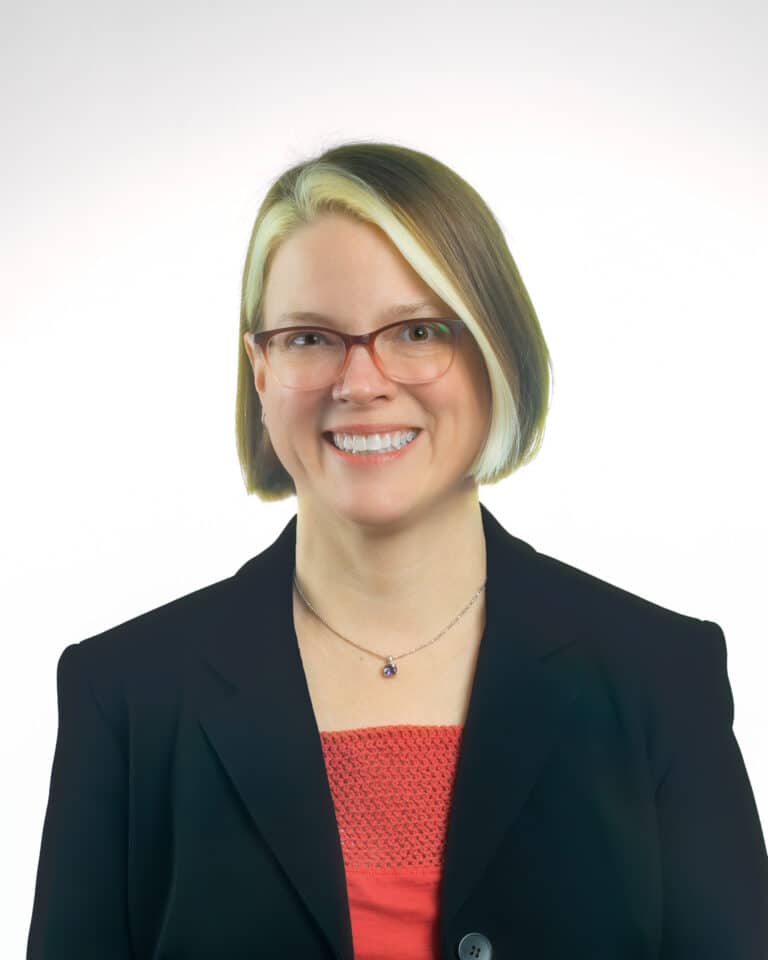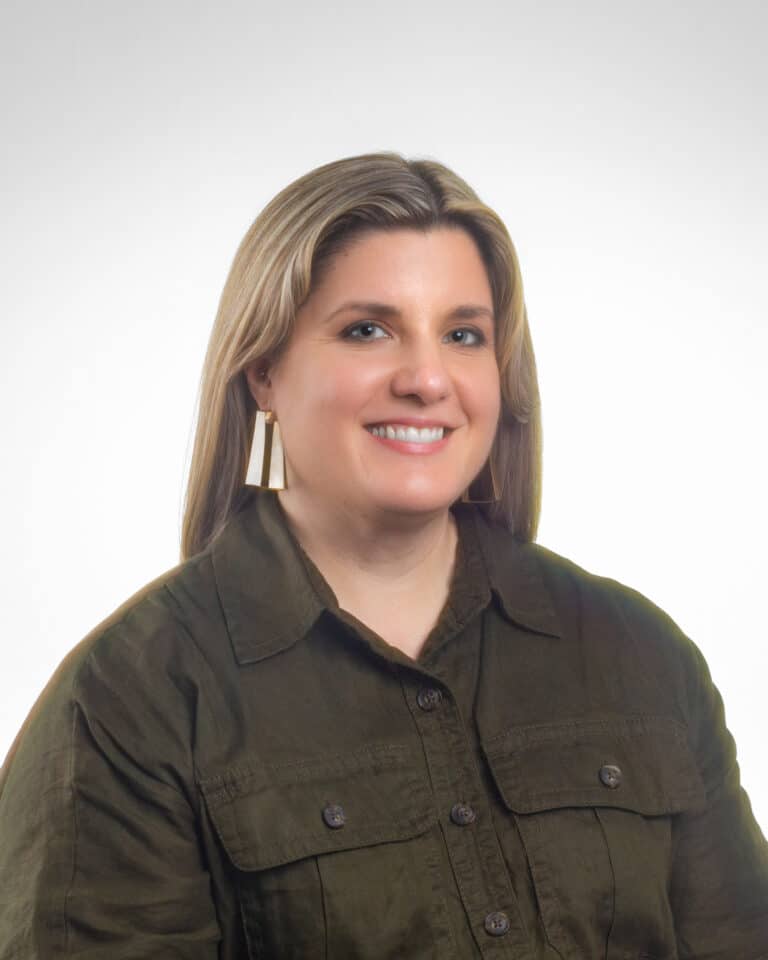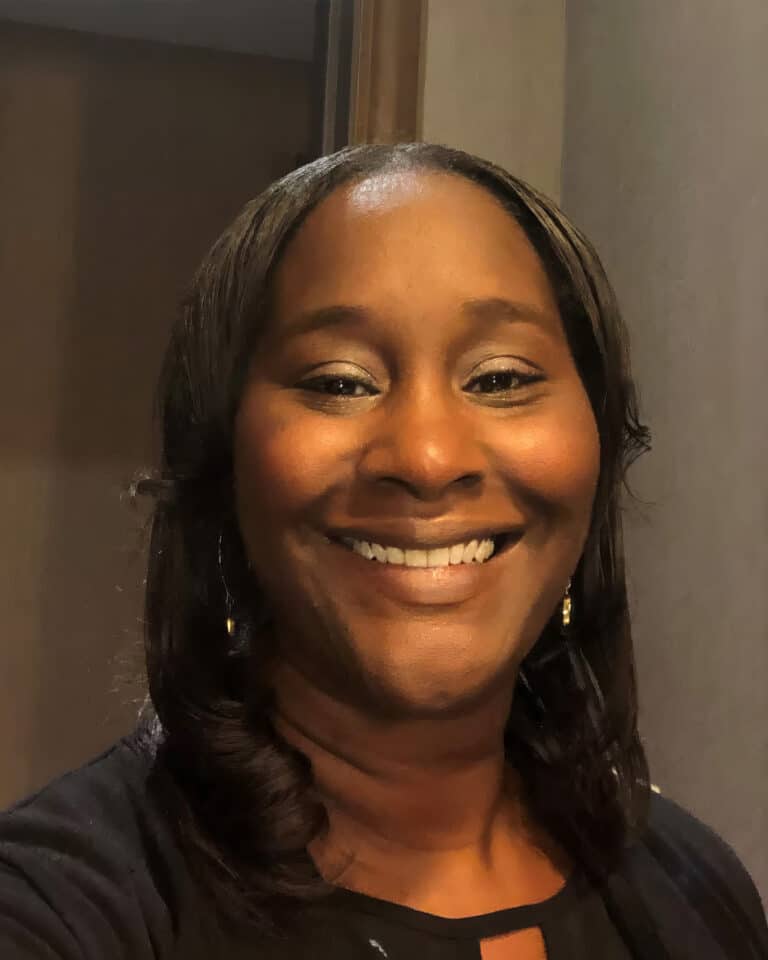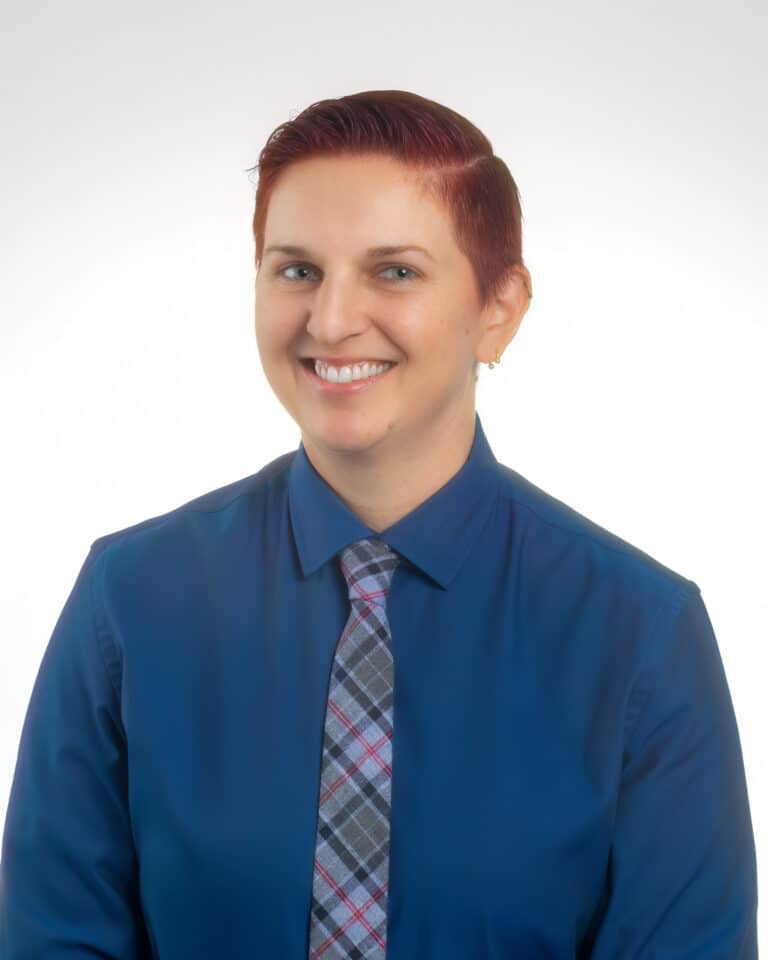The current fundraising climate is challenging, to say the least. Between rising costs and an uncertain economic outlook, organizations are looking for ways to contact the right constituents at the right time and ask for the right amount. MiLo has two innovative new models that can help.
MiLo Appeal Model
A lot of response modeling focuses on marginal populations whose goal is to identify the small percentage of records that can be contacted successfully. Reactivating lapsed donors or trying to convert one-time donors to sustainers are examples. With recent increases in mailing and production costs, many of our organizations are also looking for ways to improve targeting in active donor campaigns. Here, the goal is to identify the small/medium percentage of donors who are not economically viable to include in a specific campaign.
As we know, postage costs have risen dramatically over the past few years. As a recent article in The Nonprofit Alliance confirms, nonprofit mailers have seen postage “increases between 15.7% and 19.6% in a mere 18-month period” click here to read the article. With postage being just one of the components of direct marketing costs that continue to rise, our clients are looking for new ways to maximize returns on their mailing budgets.
Most organizations hyper-focus on their active donors who give annually, but as costs go up, how can you be sure you are mailing the suitable active donors at the right time? With active donor file modeling, you can rank all active donors on the likelihood to give and improve targeting to the right constituents at the right time while reducing overall mailing costs.
As an illustration, in the table below, which is based on an actual campaign, the organization could drop classes 9 and 10, which represent 20% of the contacts but only 2.6% of the gifts, or even include class 8, which would drop 30% of the contacts but only 6.4% of the gifts.
Adding columns for cumulative contacts, responses, and revenue illustrates this more clearly. For example, 50% of the contacts (all records through MiLo class 5) represent 84% of the responses and 88% of the total revenue.
As discussed in our previous update, MiLo Intelligence Approach to Machine Learning Modeling, two of the most important requirements for response modeling are:
- Availability of high-quality data.
- Having a well-defined marketing process to maximize the modeling scores.
Appeal modeling is a perfect candidate for modeling based on these requirements.
On the data front, the data for active donors is most in line with current best practices for data collection within your organization. Having recent campaigns to model that align with the current fundraising strategy also helps to improve predictability. It’s always best to model campaigns that mirror ongoing solicitation strategies.
On the process side, active donor model scores are easy to leverage with an audience contacted frequently. One issue with an active donor file is that the same recent donors are eligible monthly, so you can risk over-contacting them. Our clients are handling this in different ways. One way is through the selection process, where specific names are intentionally excluded based on prior contacts. Another method to address this is to include a frequency feature in the model build process, which will impact predictions based on how many contacts each constituent has gotten recently. The model should help exclude the constituents negatively impacted by over-solicitation while still including those likely to respond.
MiLo Ask Amount Model
Another approach to maximizing revenue from solicitations is optimizing the ask strings sent with the solicitation. Most nonprofits use the same formula across all constituents – for example, Ask1 = Most Recent Contribution (MRC) Amount, Ask2= 1.5 X MRC, Ask3 = 2 X MRC. This approach creates different strings for each constituent. Still, it assumes that all givers at a specific level (say $25 donors) are the same, regardless of their lifetime giving patterns, their engagement with the organization, their demographics, or any other factor. Implementing this kind of Ask array strategy is simple, but it is also a prominent area where a model could improve the approach.
The MiLo Ask Amount Model is our attempt to solve this problem. At the donor level, we look at giving patterns, engagement indicators, gift-channel preferences, solicitation history, and available demographic data to categorize donors into three groups:
- Lower – constituents are likely to respond at a lower giving level than their previous gift.
- Same – constituents likely to react at the same level
- Higher – constituents will likely increase their giving level from their prior gift.
Using scores from the model, clients have started testing different array attributes based on these ‘next-gift’ tendencies. So far, our clients have shown promising results, but with MiLo’s support, we are still testing to identify the optimal arrays for each group.
Please contact the MiLo team or your Account Director if you are interested in seeing if this model could work for you or if you have other modeling ideas.




